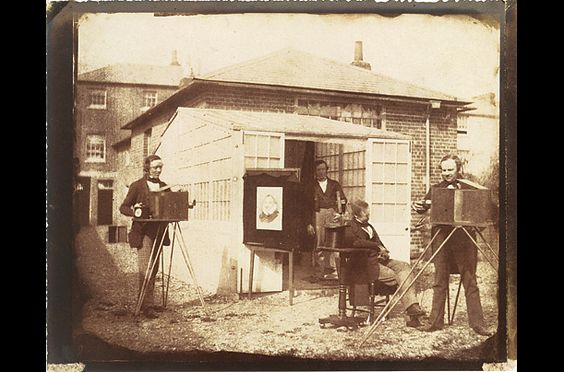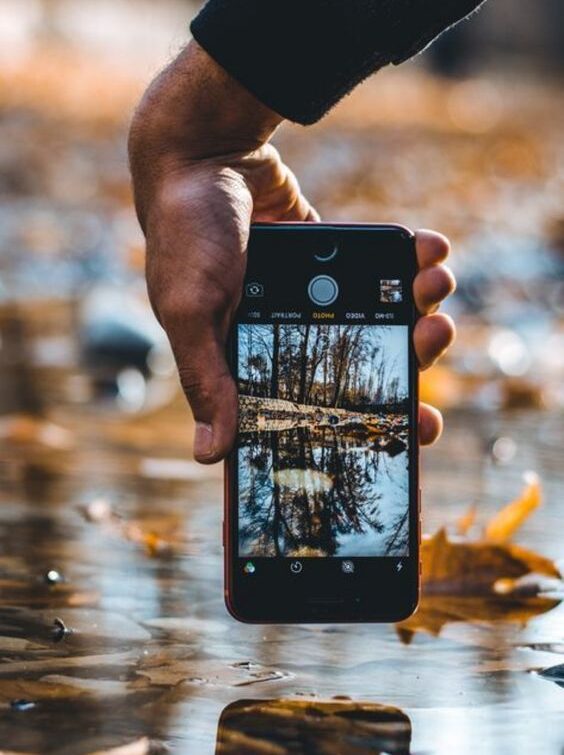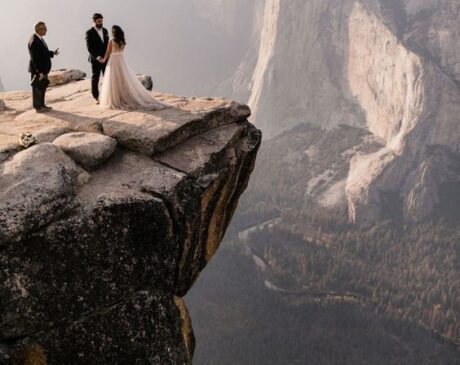Fascinating History of Photography

It’s simple to take photography for granted in the era of smartphones and digital cameras. Without giving it any consideration, we take images to record our lives and experiences. But have you ever thought about how this amazing kind of art and technology came into being? Come along on a fascinating journey through photography’s history as we learn how human ingenuity, imagination, and curiosity have shaped the way we see the world today.
The Precursors to Photography:
Let’s take a moment to admire the forerunners who paved the way before we plunge into the development of photography. The camera obscura, a dimly lit space with a tiny hole or lens that projected an upside-down image onto a surface, was one of the first devices to attempt to capture an image. This straightforward idea, which has its origins in classical Greece, served as the basis for further advancements in photography.

The Birth of Photography:
In 1839, William Henry Fox Talbot and Louis Daguerre each independently presented the world with their ground-breaking photography techniques. Modern photography began with Talbot’s calotype and Daguerre’s daguerreotype.
A remarkable innovation, the daguerreotype was created by Daguerre. It included making a polished silver-coated copper plate responsive to light by exposing it to iodine vapor. The latent picture was then recorded once the plate was exposed to light in a camera. Then, a salt solution was used to repair this image after it had been created using mercury vapor. The outcome? A unique, well detailed image.
In contrast, silver iodide-coated paper was used in Talbot’s calotype. The ability to produce several positive prints from a single negative using this procedure paved the way for mass production and the expansion of photography.
The Expansion of Photography:
The mid-nineteenth century saw photography quickly develop. George Eastman’s presentation of roll film in 1888 made photography more available to the majority. Eastman’s organization, Kodak, even promoted the expression, “You press the button; we wrap up.” This obvious the start of buyer photography, as individuals could send their film to Kodak for handling and printing.
The 20th Century: A Century of Innovation
The 20th century acquired various advancements photography. In 1900, the primary monetarily effective variety photography process, Autochrome Lumière, was presented, upsetting the manner in which we see and record the world’s dynamic tints.
During the mid-twentieth hundred years, moment photography surprised the world with the Polaroid camera. Individuals could now witness their photographs foster just before their eyes, a mystical encounter that became inseparable from Polaroid photography.

Digital Age and Beyond:
The 20th century acquired various advancements photography. In 1900, the primary monetarily effective variety photography process, Autochrome Lumière, was presented, upsetting the manner in which we see and record the world’s dynamic tints.
During the mid-twentieth hundred years, moment photography surprised the world with the Polaroid camera. Individuals could now witness their photographs foster just before their eyes, a mystical encounter that became inseparable from Polaroid photography.
Conclusion:
The historical backdrop of photography is an enrapturing venture through time, loaded up with exceptional creators, earth shattering revelations, and innovative progressions. From the earliest camera obscura to the present cell phone cameras, photography has advanced in manners that have everlastingly had an impact on the manner in which we see and recall our general surroundings. As we keep on embracing this unique artistic expression, we honor the trailblazers who prepared for the staggering pictures we catch and offer today. Thus, the following time you snap a photograph, pause for a minute to see the value in the rich history that carried us to this point — where the world is only a tick away.







